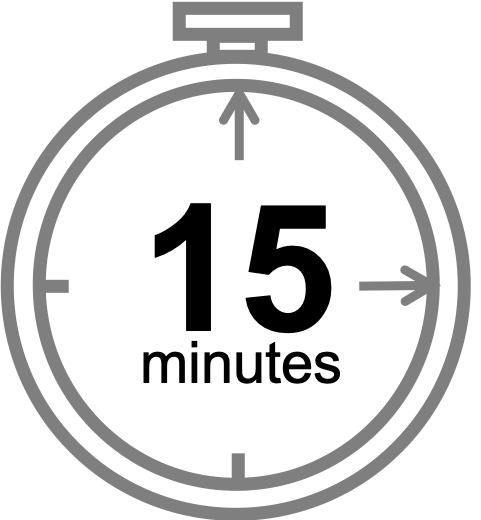 Quick Bite: Planting a Flag in the Arctic: Not so EEZ
Quick Bite: Planting a Flag in the Arctic: Not so EEZ
According to international law, the North Pole and the ocean surrounding it are not owned by any country--these waters are considered to be the 'heritage of all mankind'. However, the waters get a bit murky closer to land...
Established by the United Nations Convention on the Law of the Sea in 1982, the exclusive economic zone (EEZ) of a coastal nation is the region extending 200 nautical miles (370 km) offshore from a nation's shoreline or other baseline. A nation has rights to the management and use of marine resources in the water column and on the seafloor within its EEZ. It seems simple enough, but it turns out a nation also can claim rights to the seabed of the continental shelf up to 350 nautical miles (650 km) from their shoreline beyond their EEZ, and this rule has led to some unresolved territorial disputes between nations in the Arctic. Check out page 11 of this European Parliament report to see a map of overlapping and competing territorial claims in the Arctic.
Arctic Continental Shelf Claims: Mapping Interests in the Circumpolar North
Arctic Governance: Challenges and Opportunities
Evolution of Arctic Territorial Claims and Agreements: A Timeline (1903-Present)
Activity: Laying a Claim on a Continental Shelf
To claim underwater territory, coastal nations must first understand their nearshore seafloor geology. In this short activity, your students will examine maps of Arctic Ocean bathymetry and identify continental shelves of the Arctic coastal nations.
Go to activity